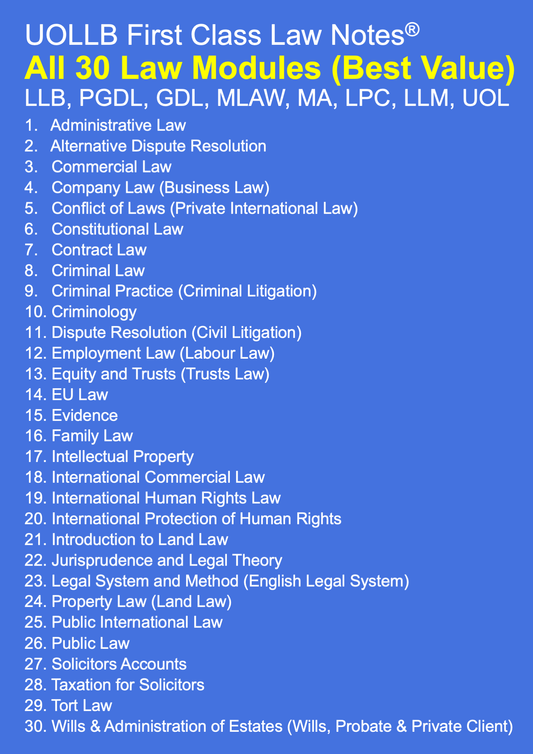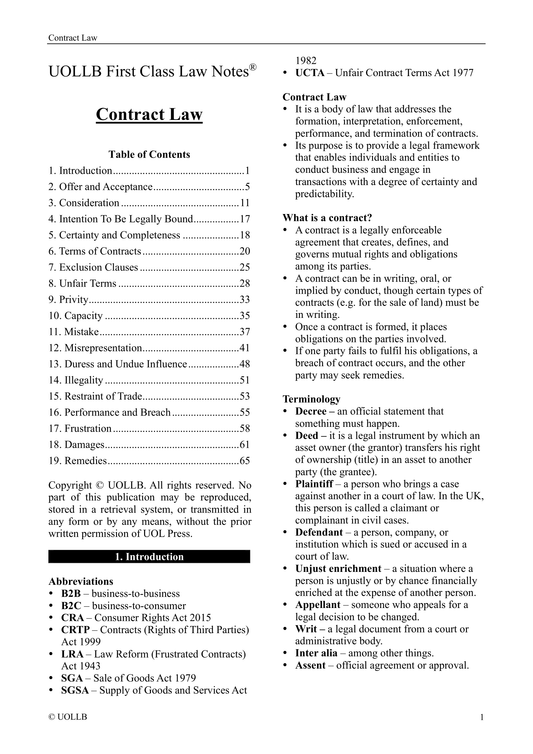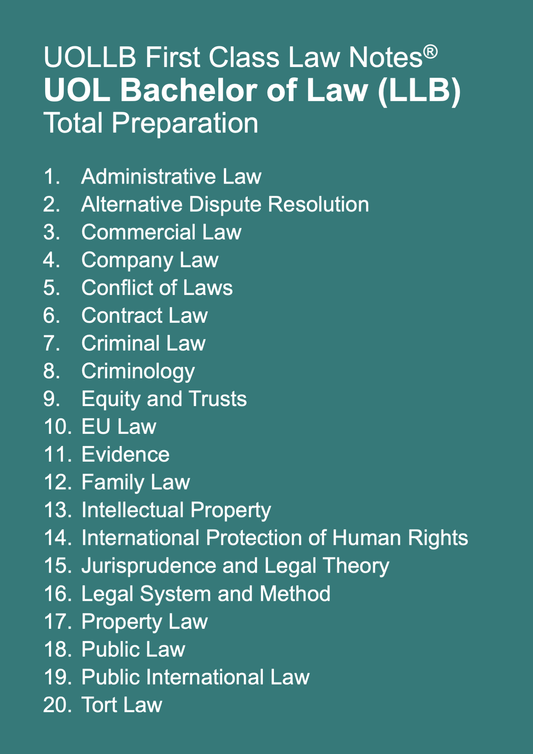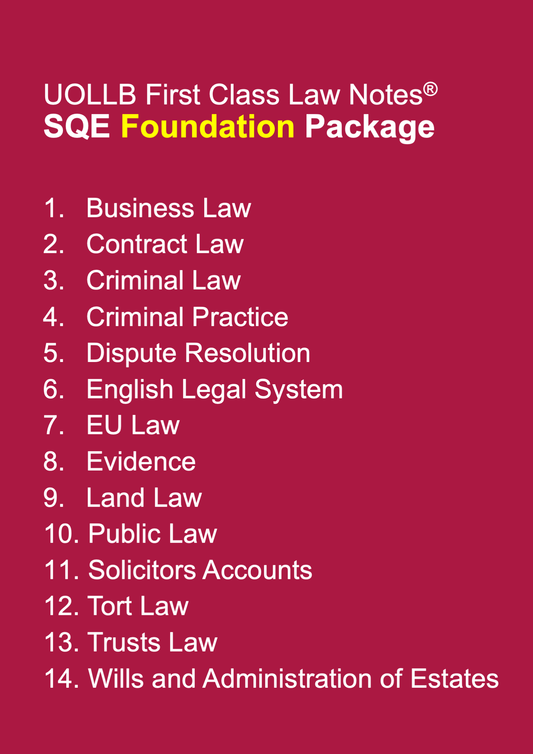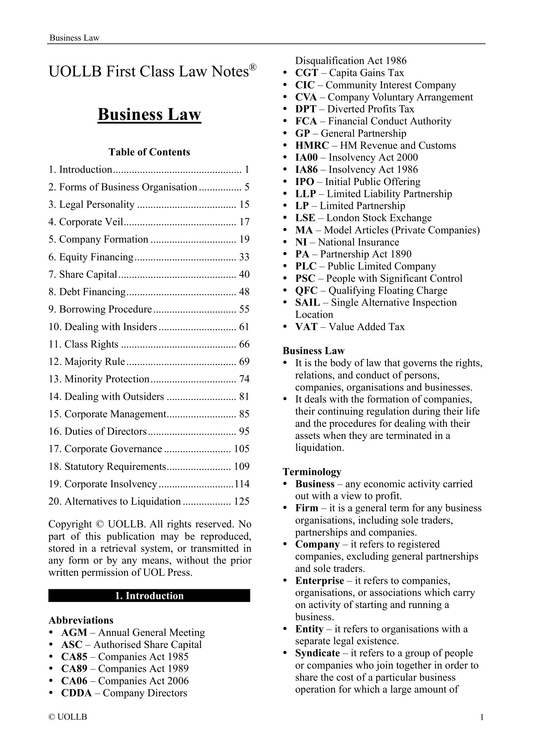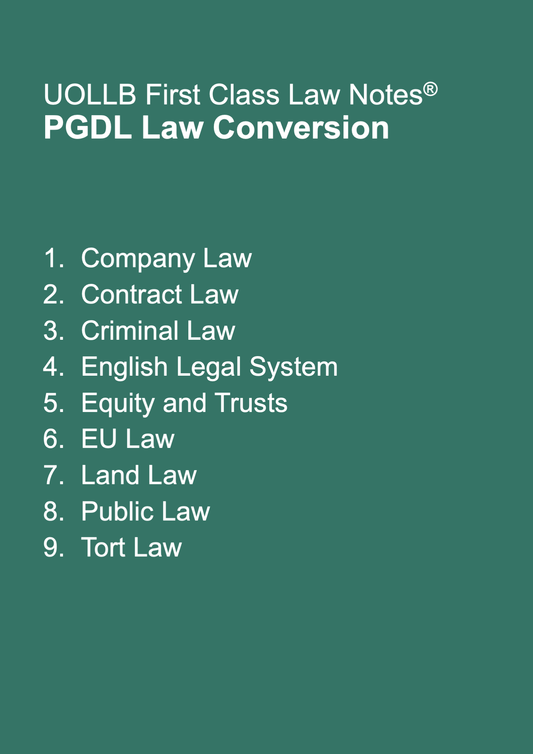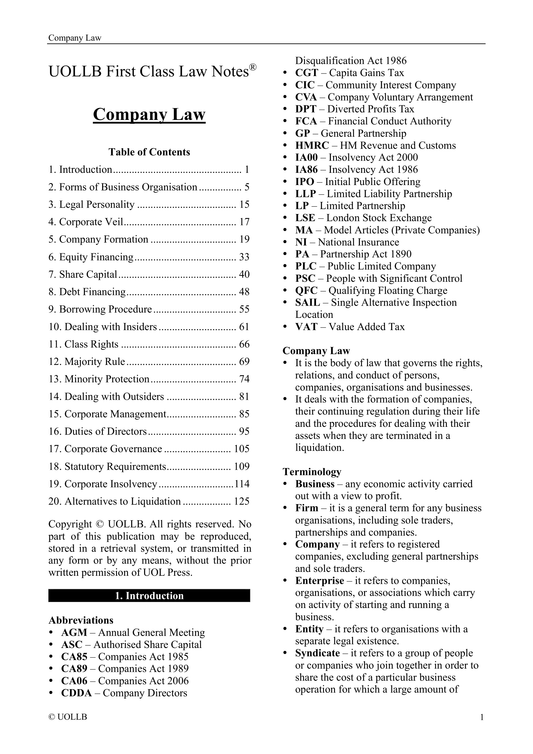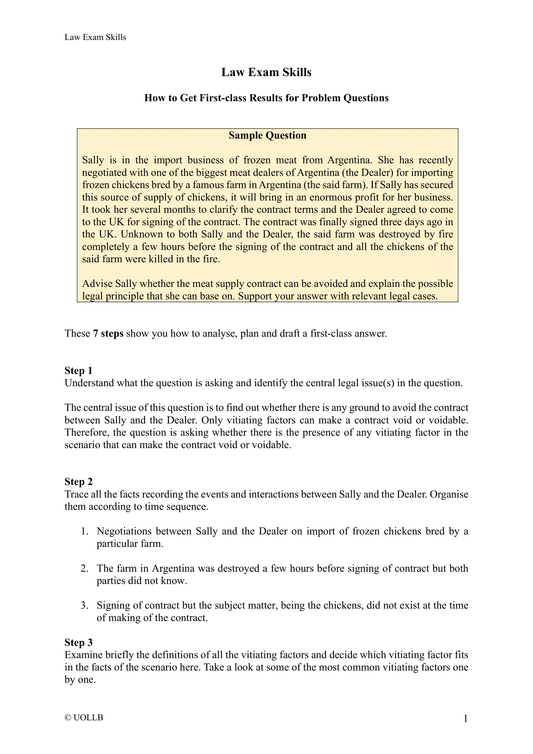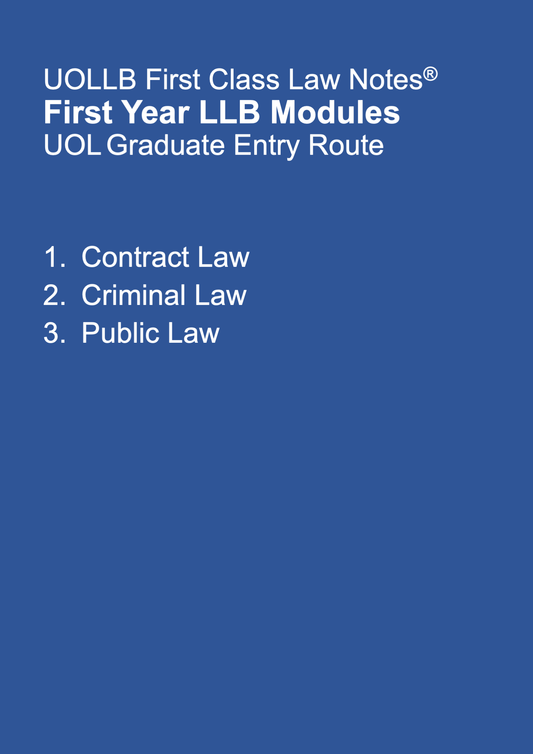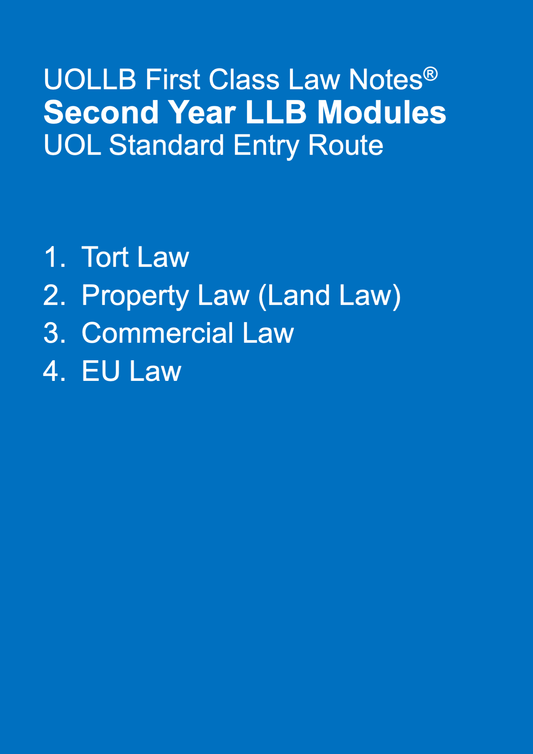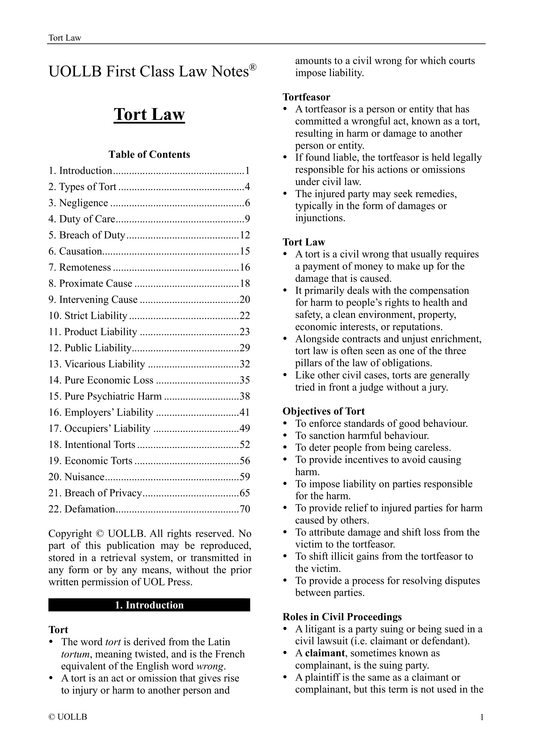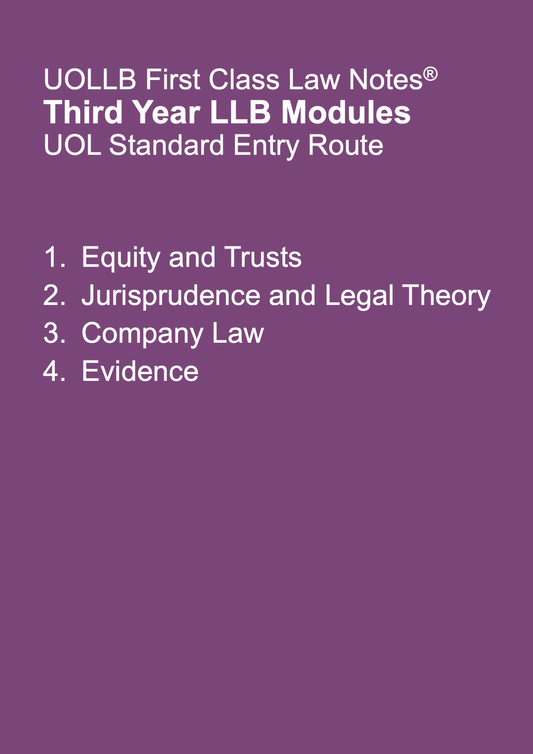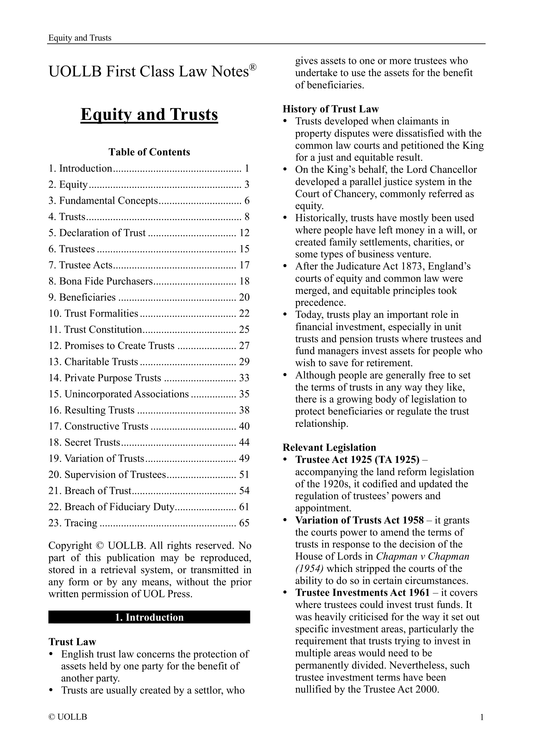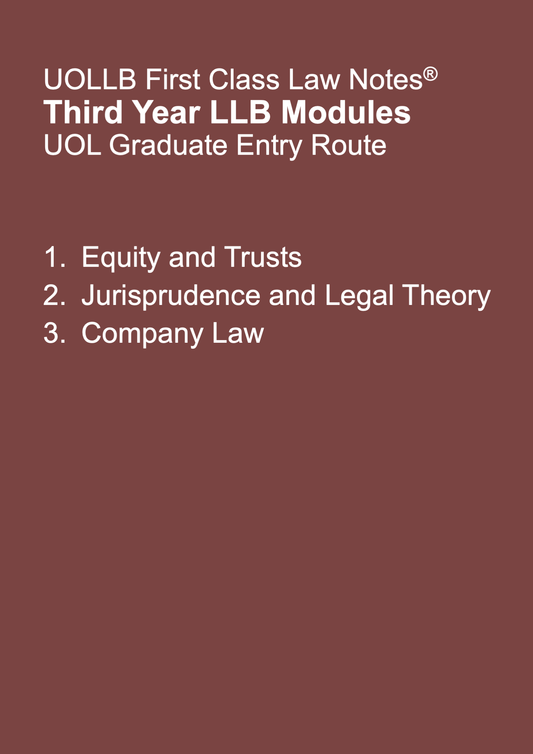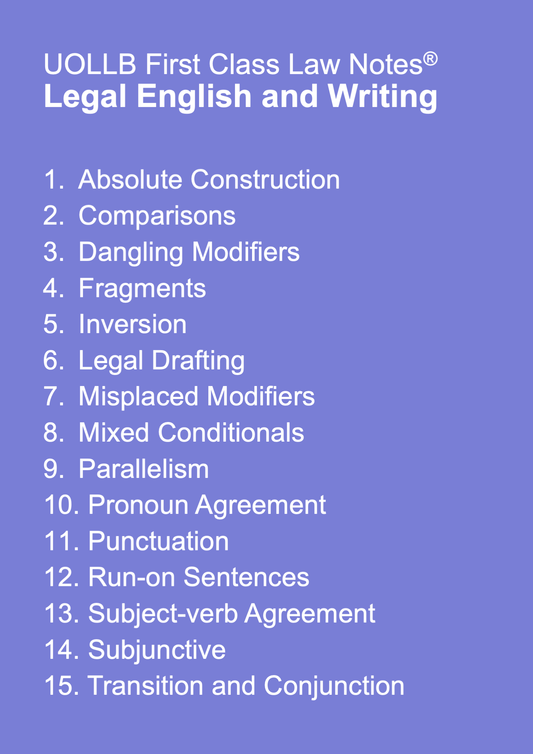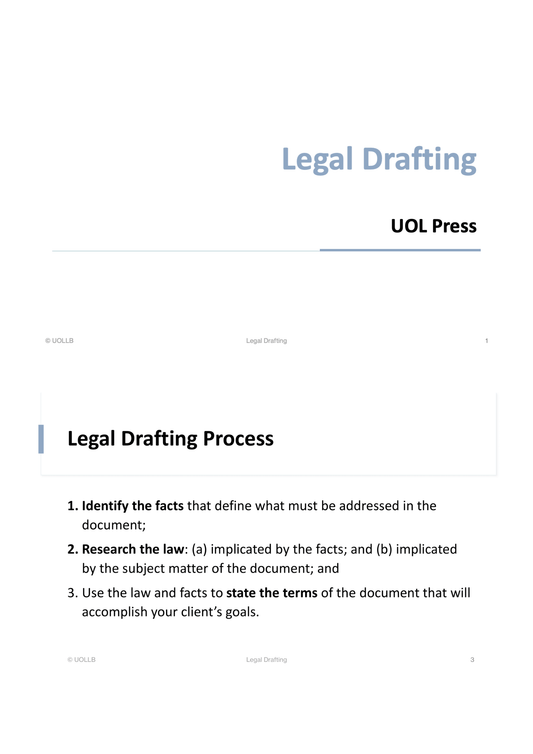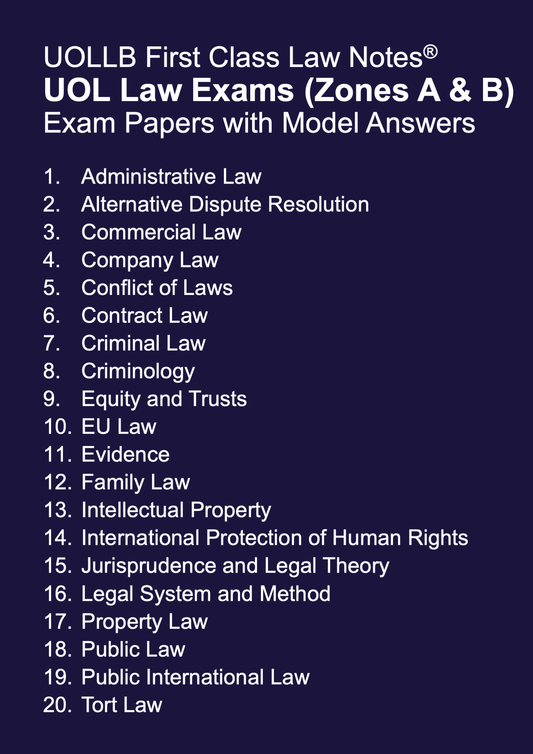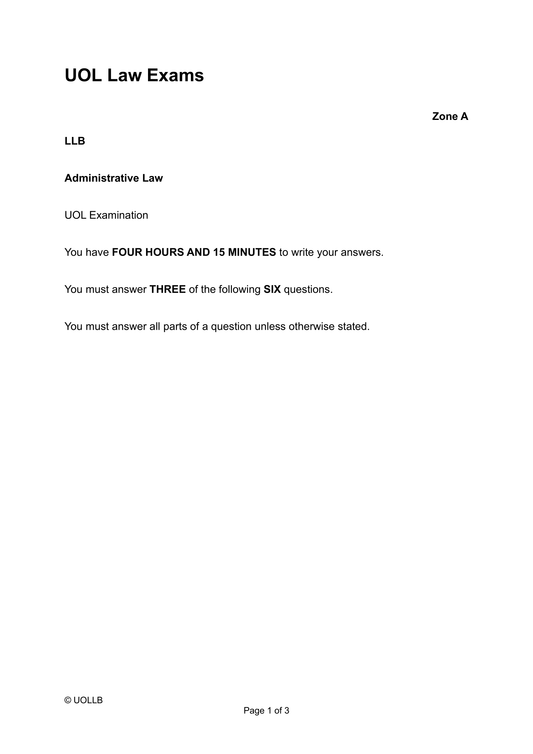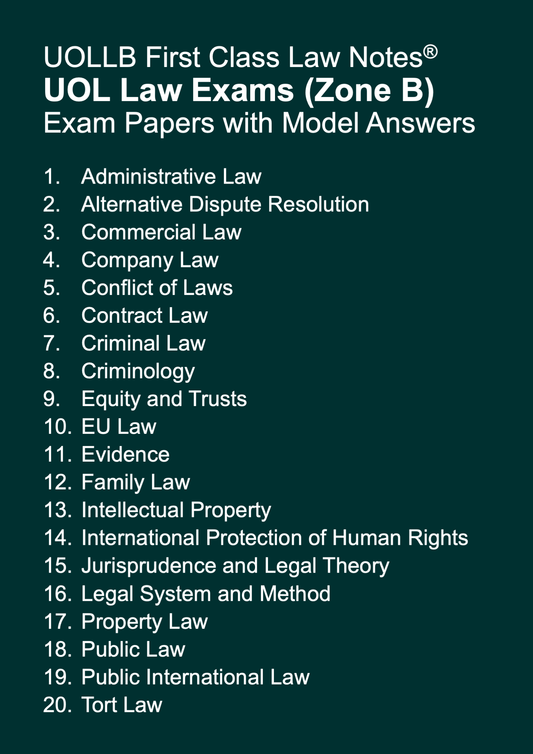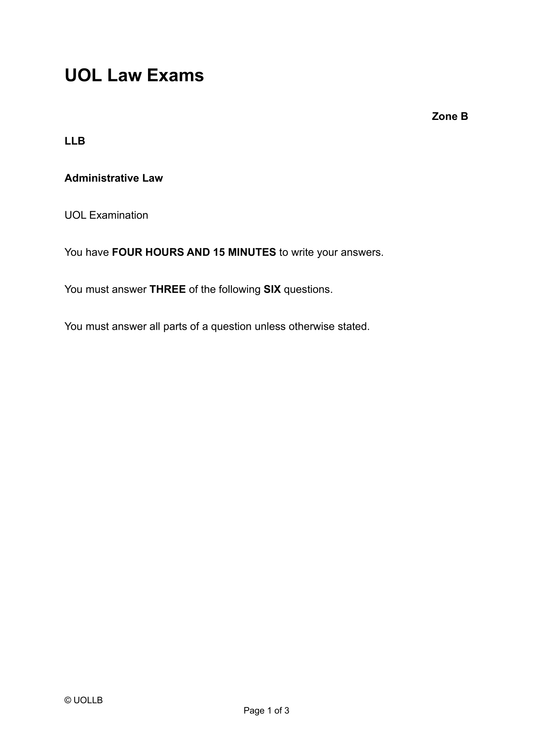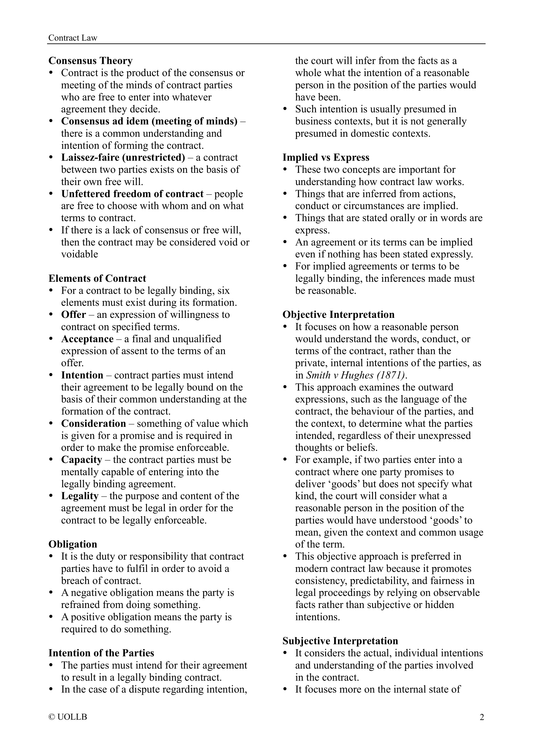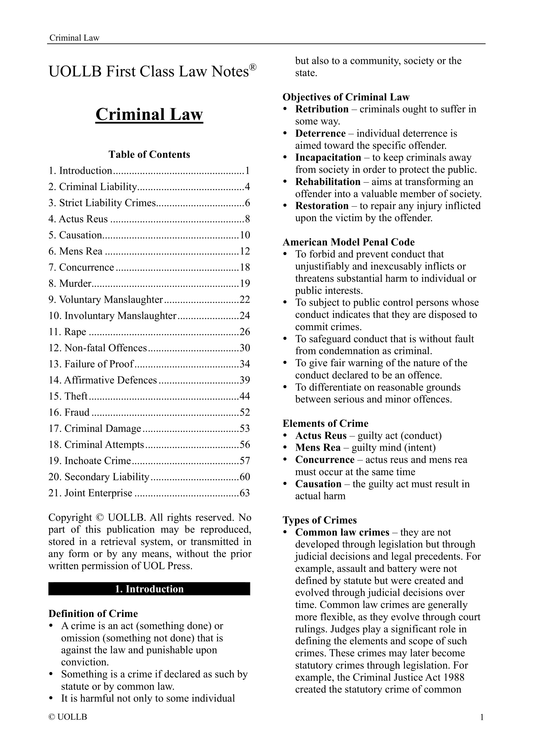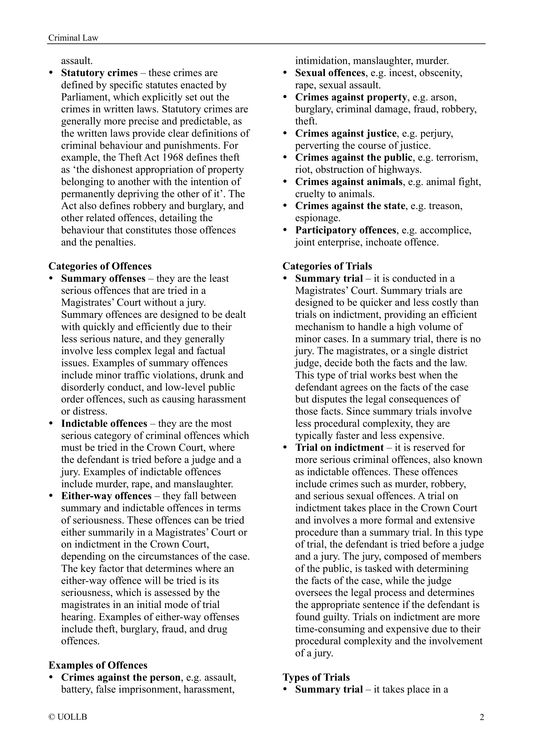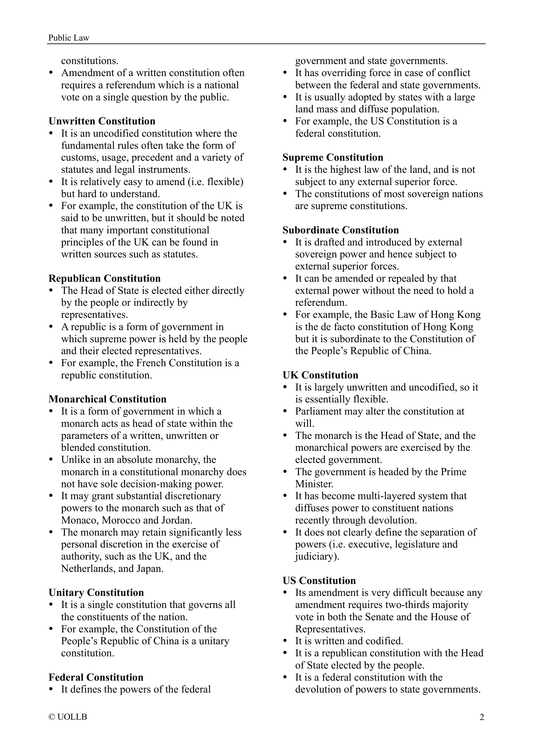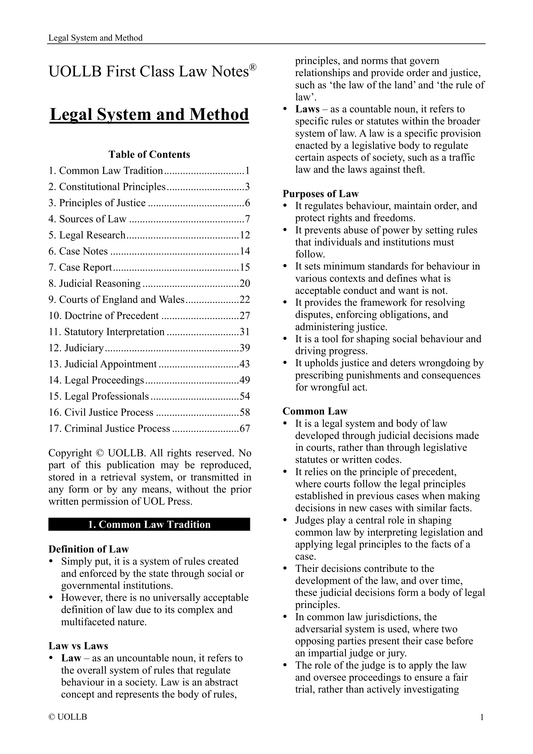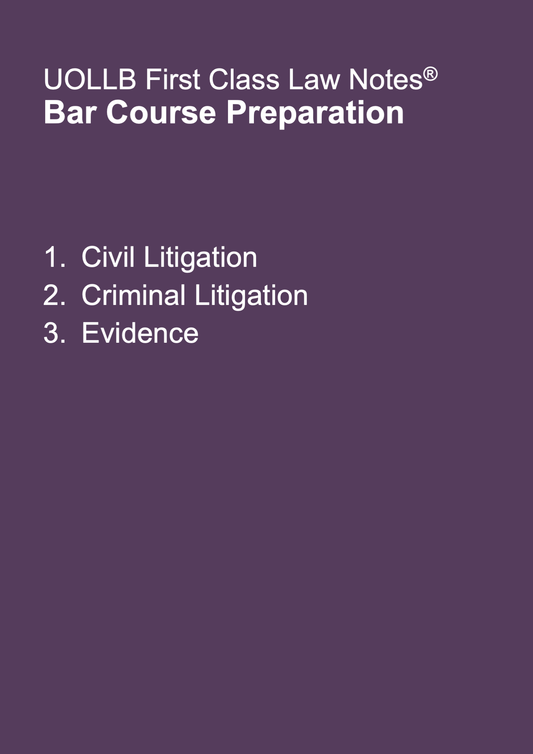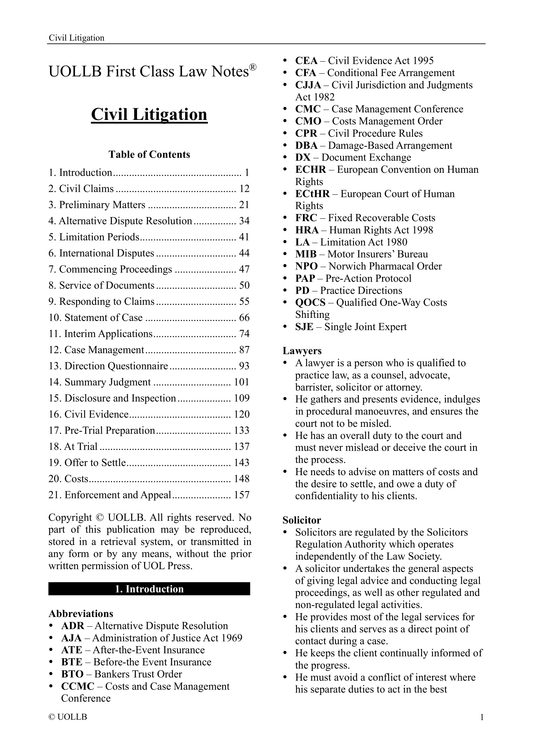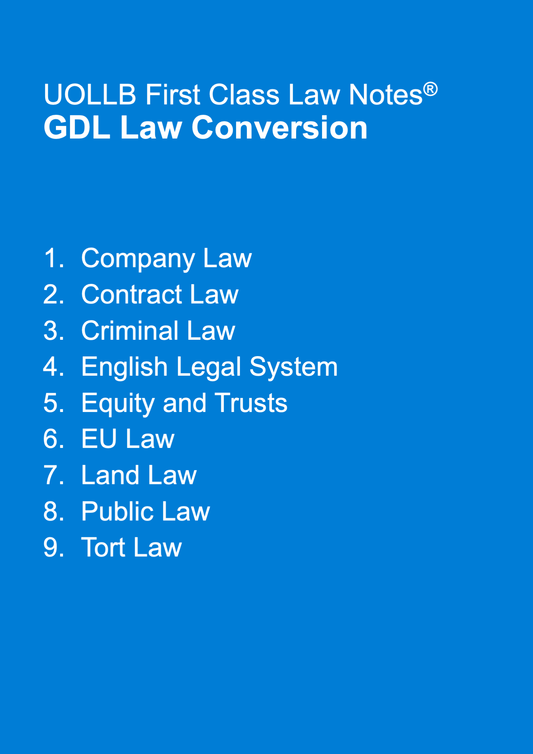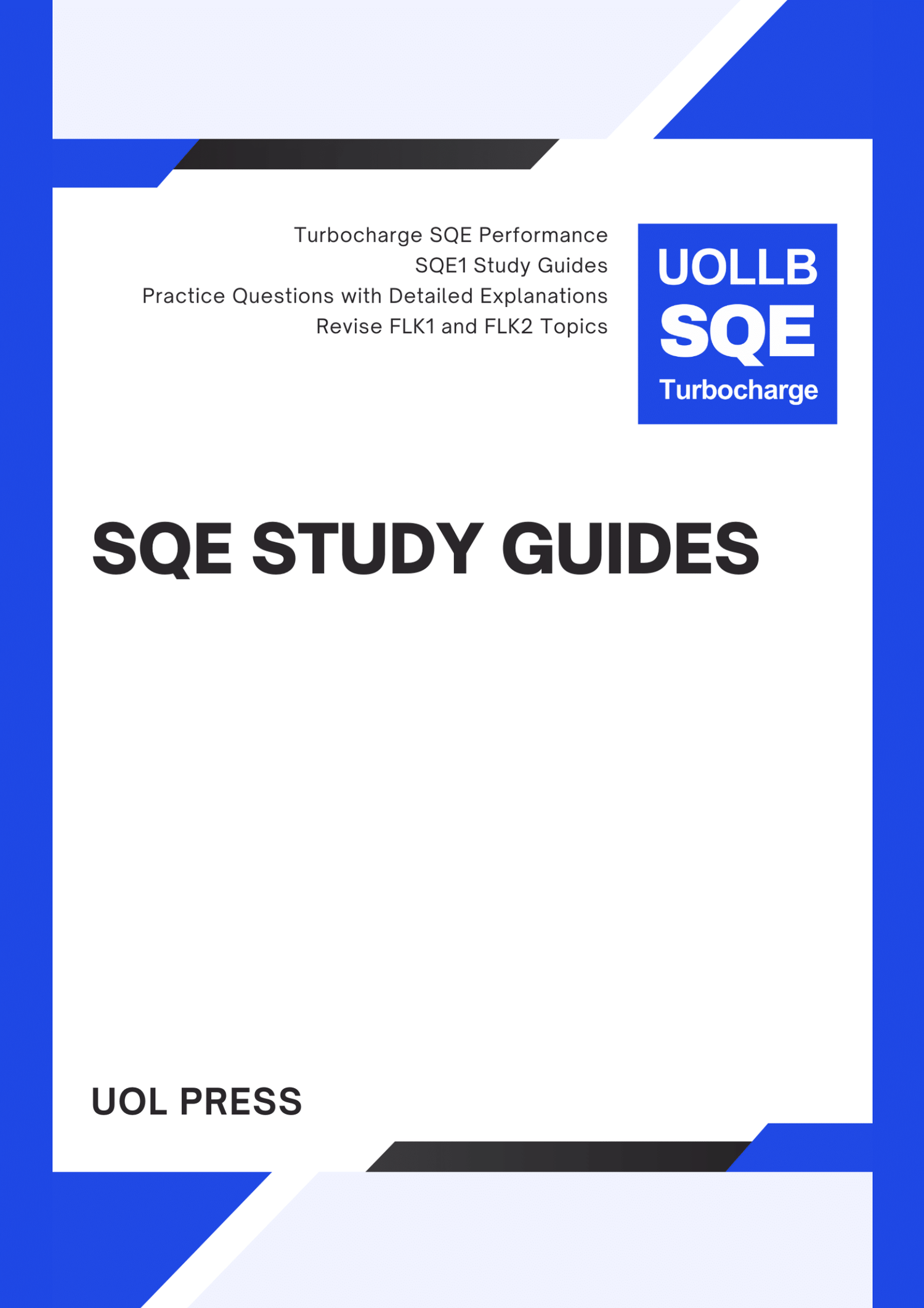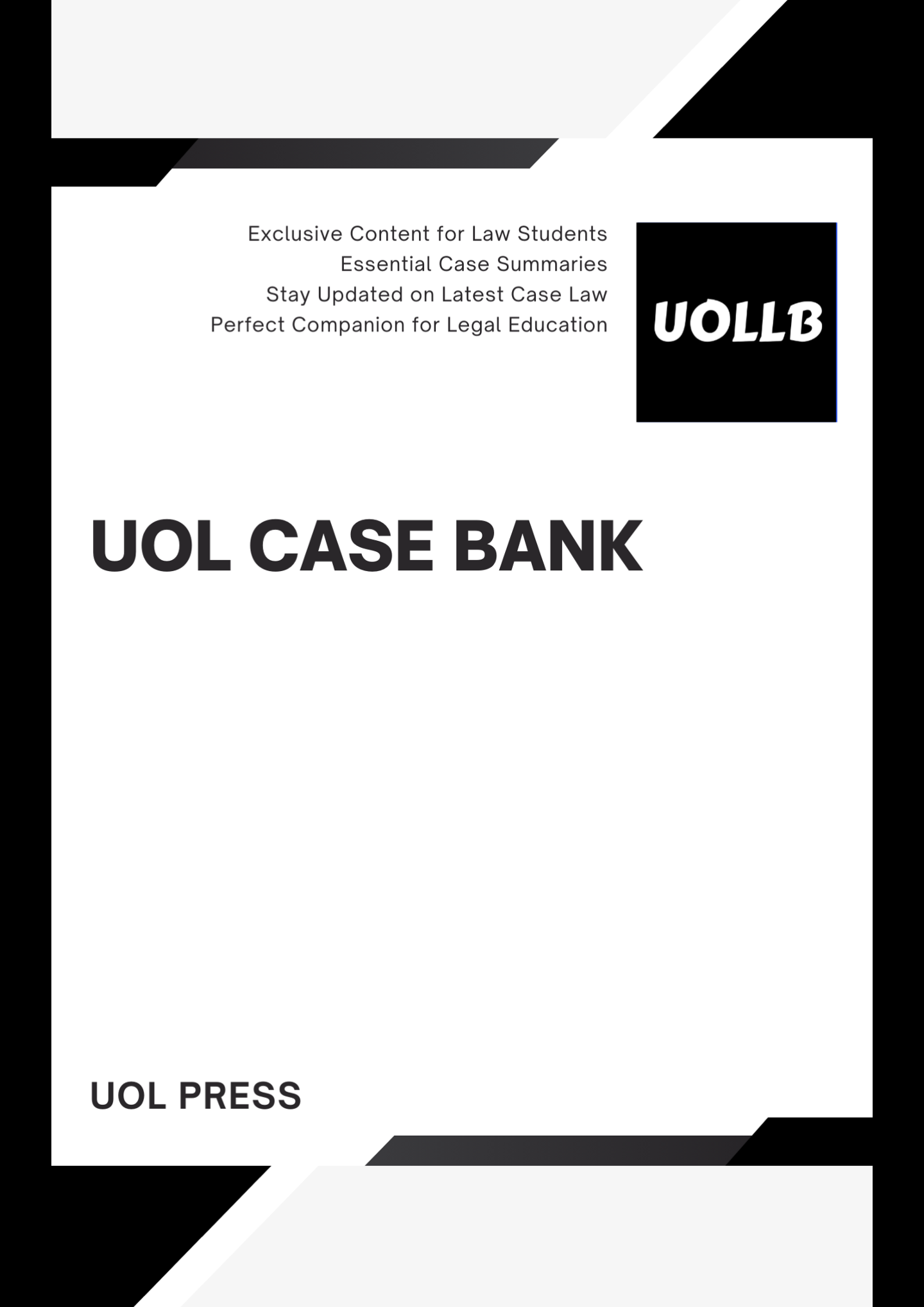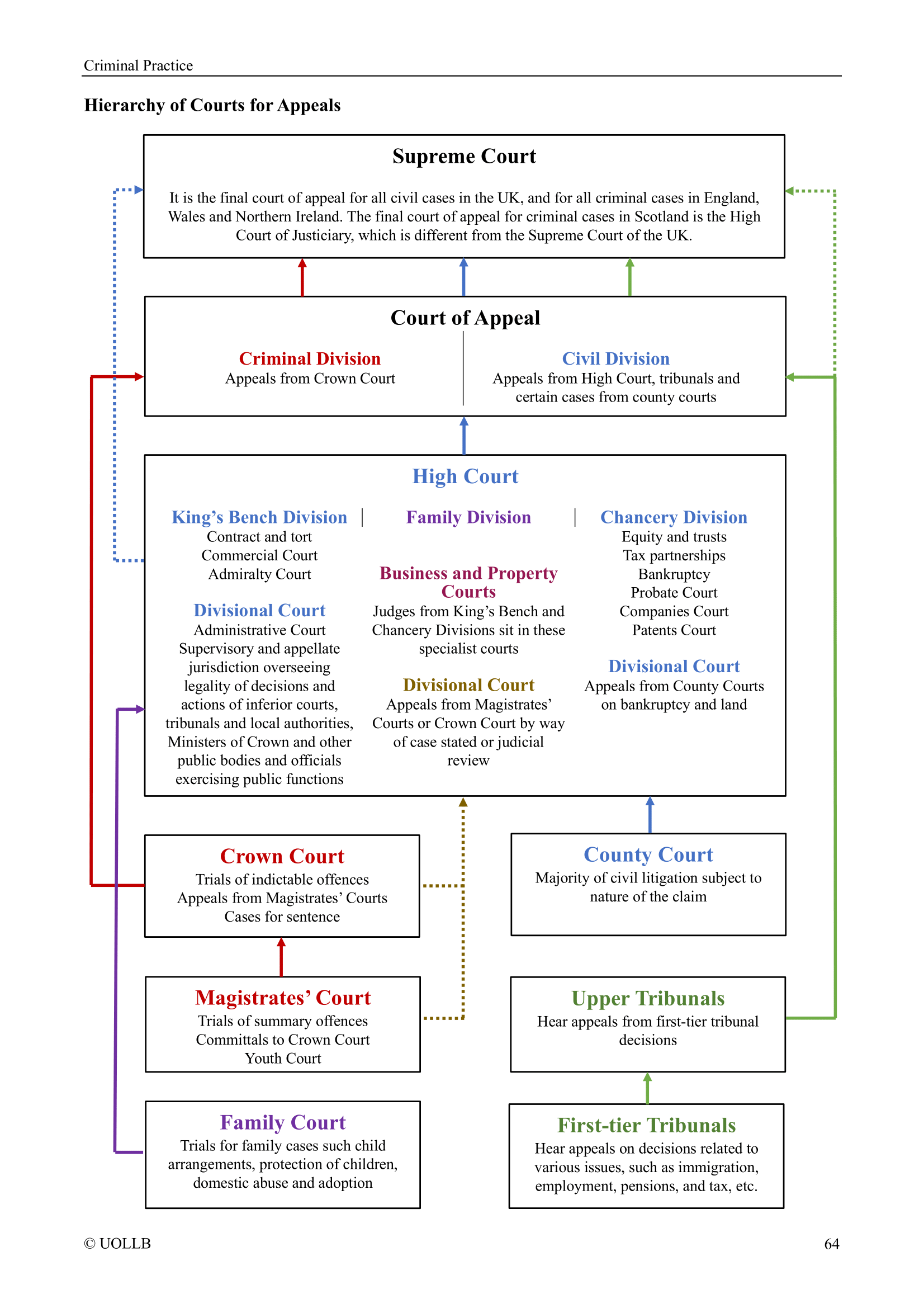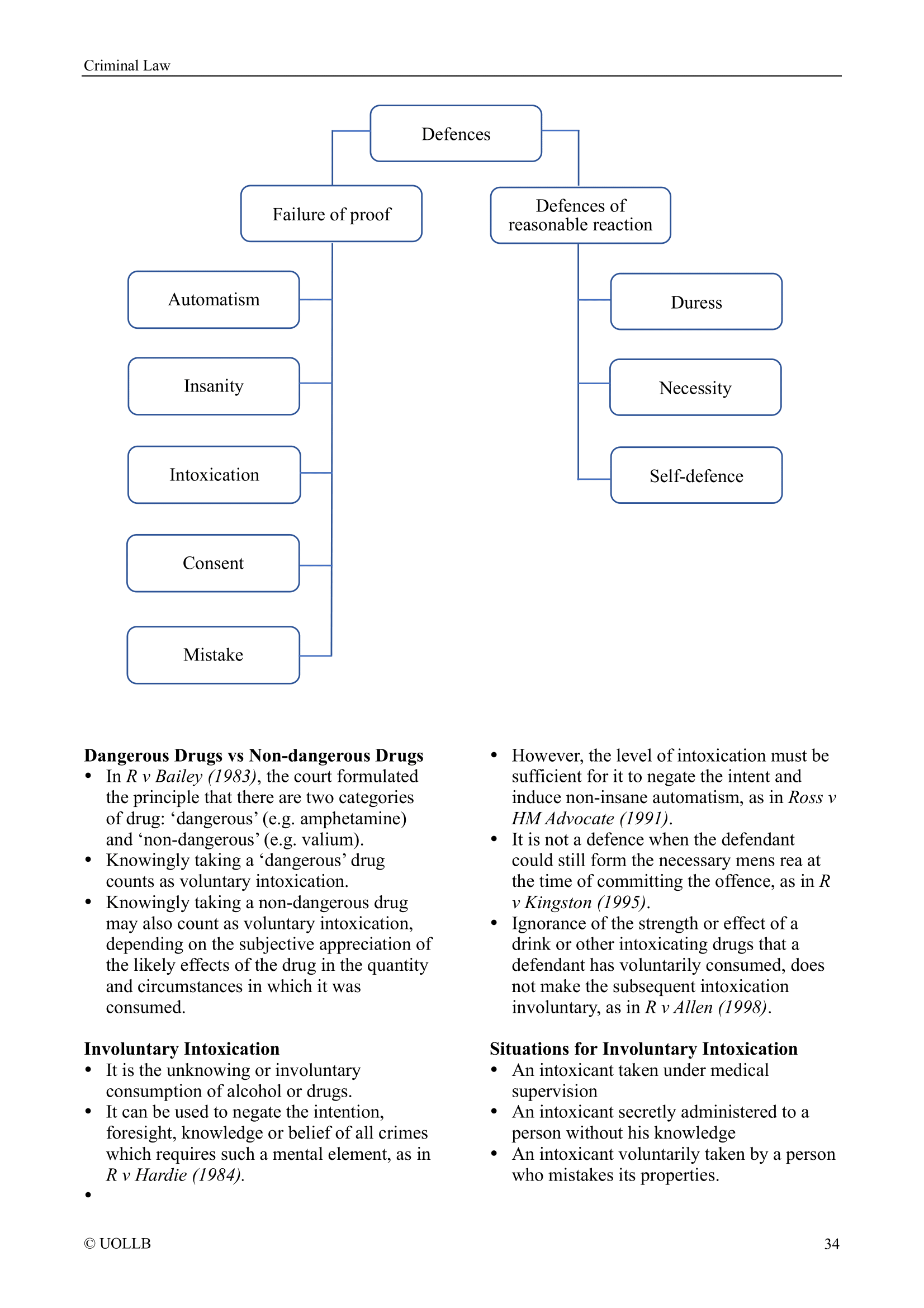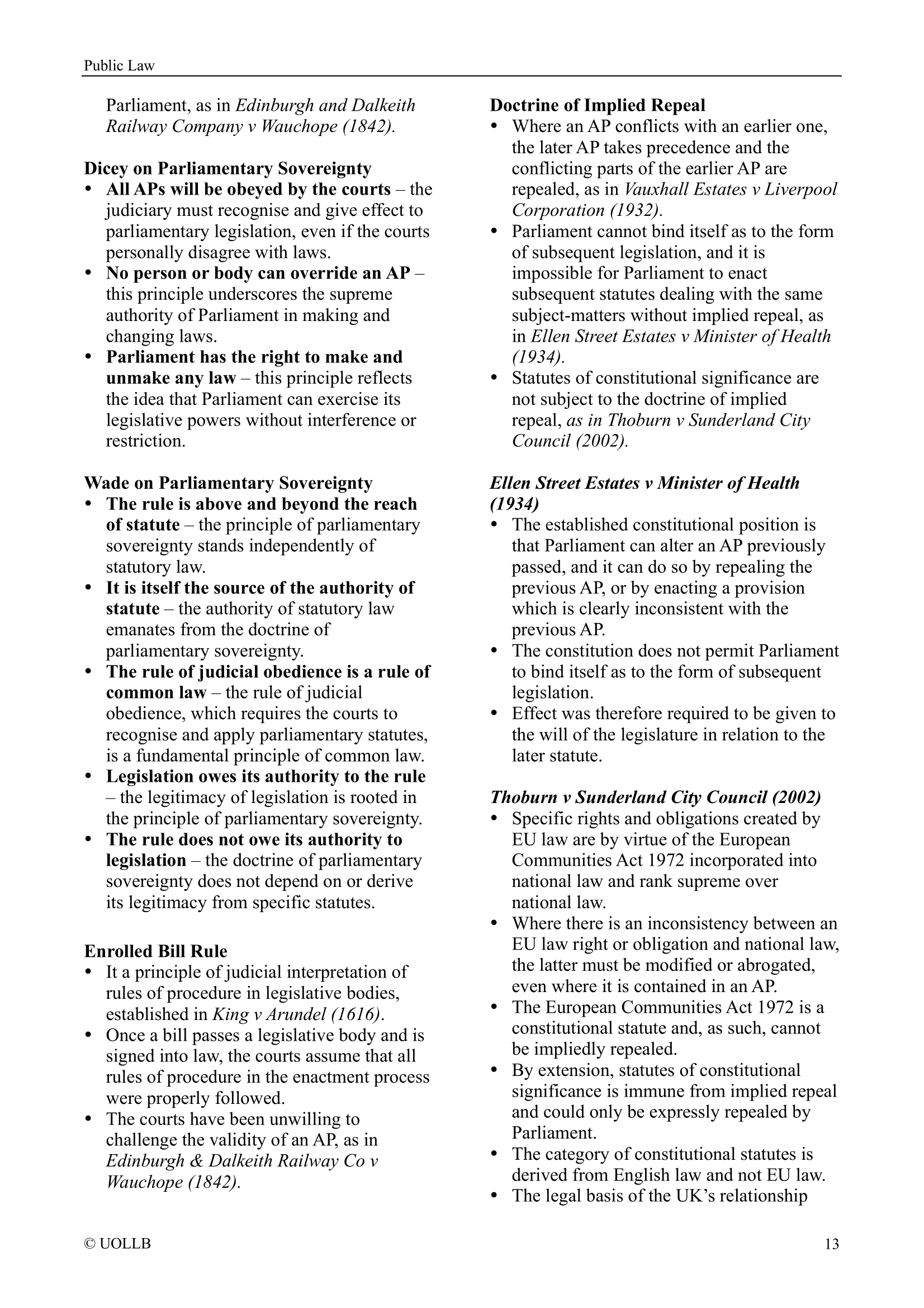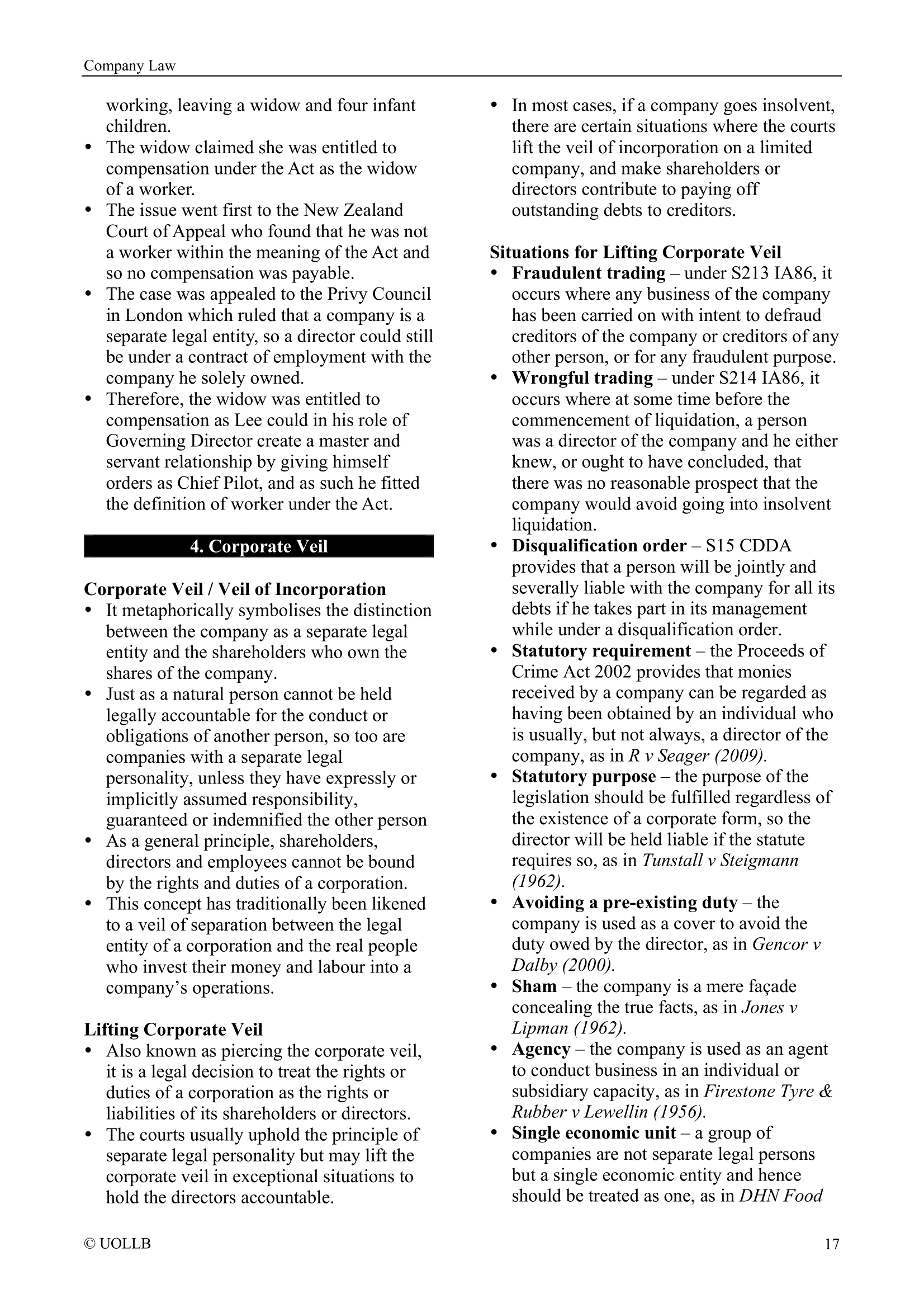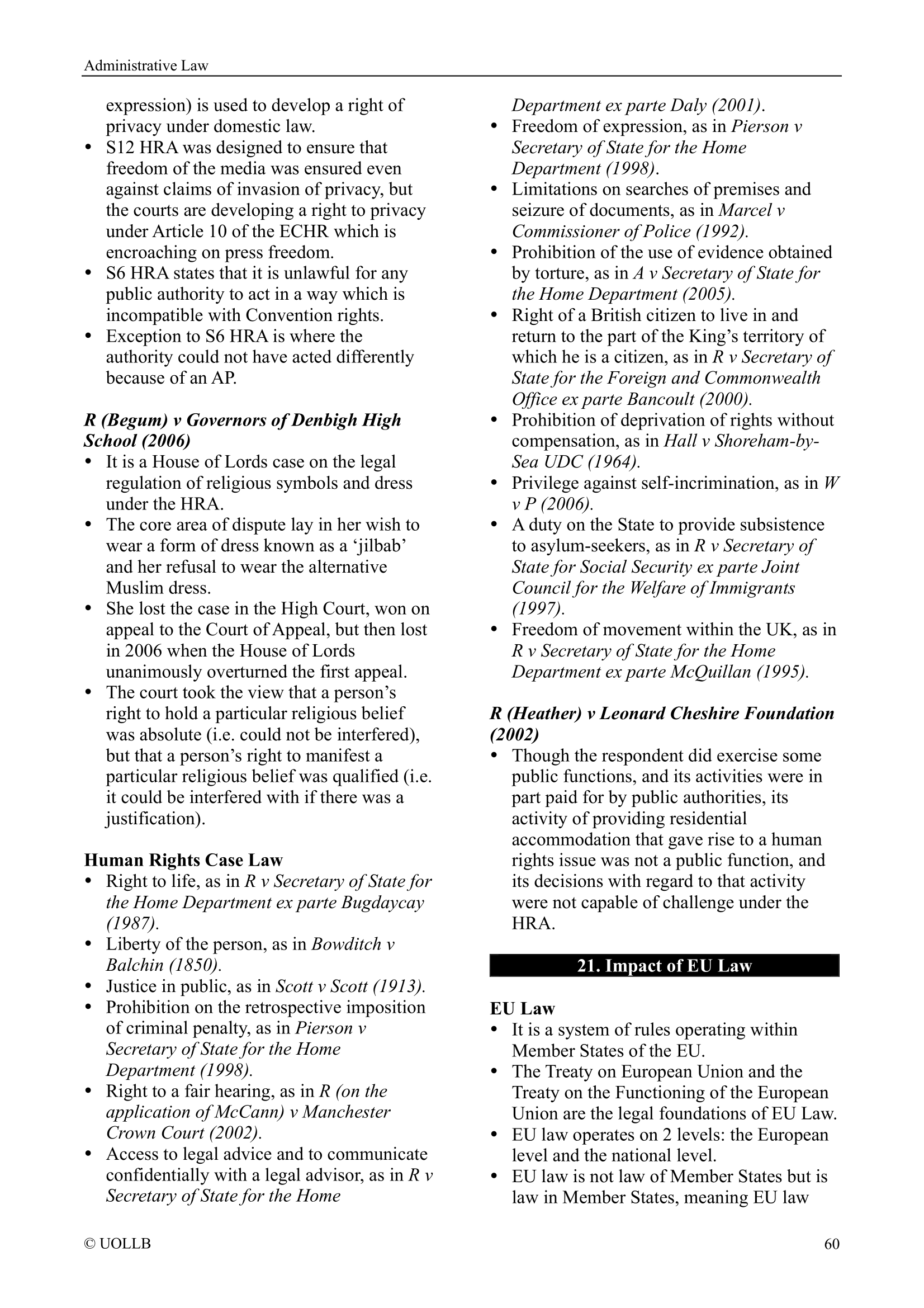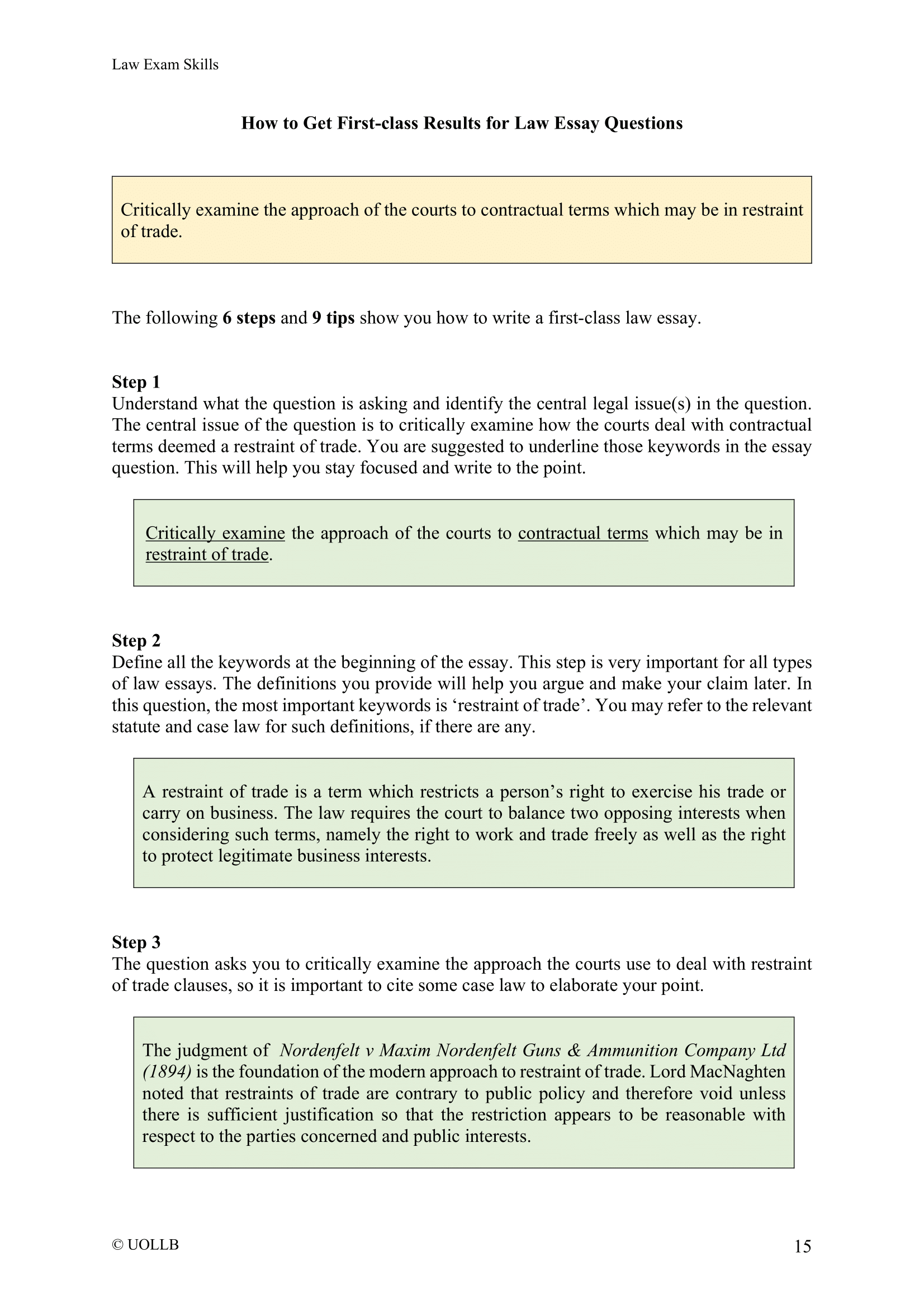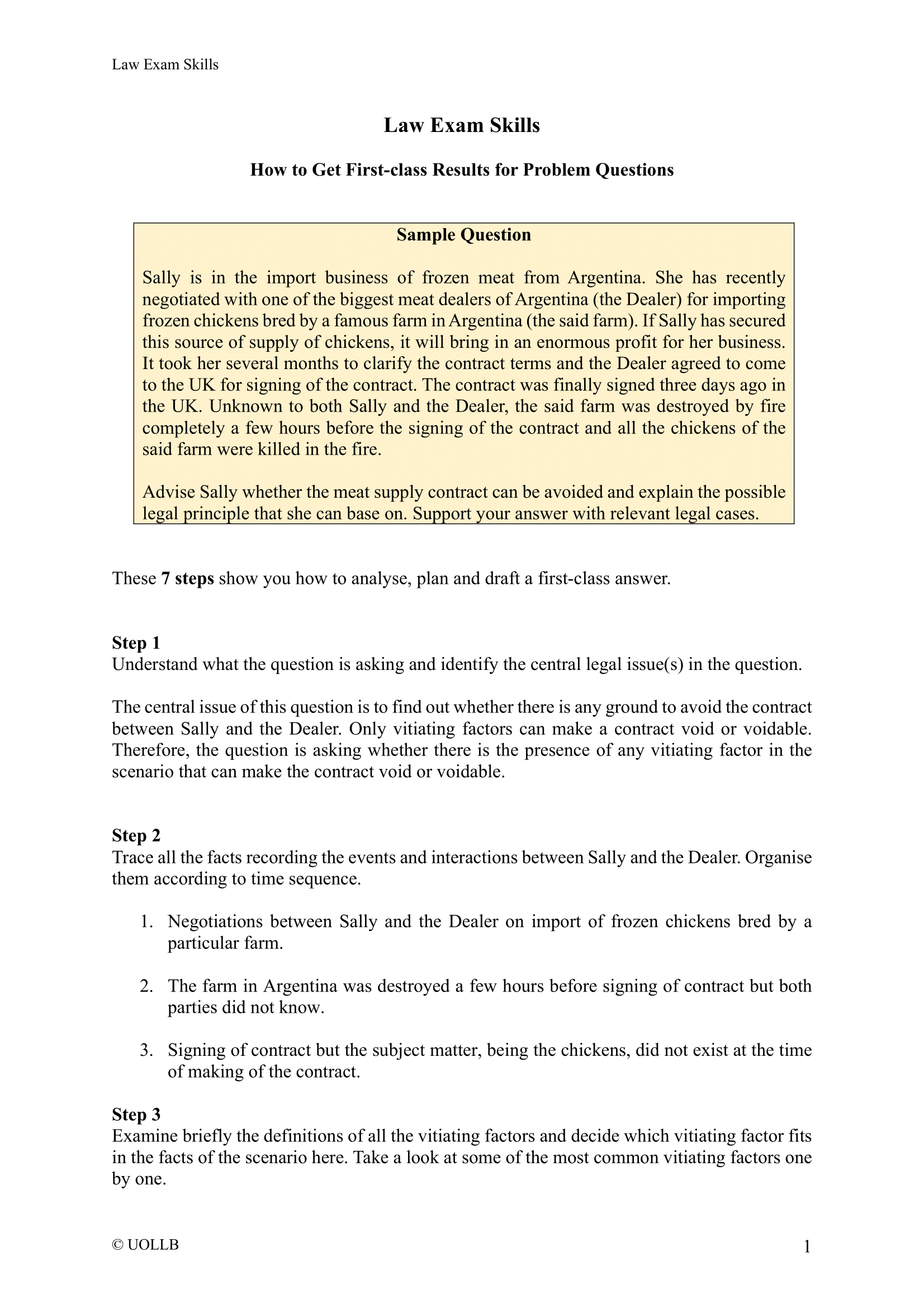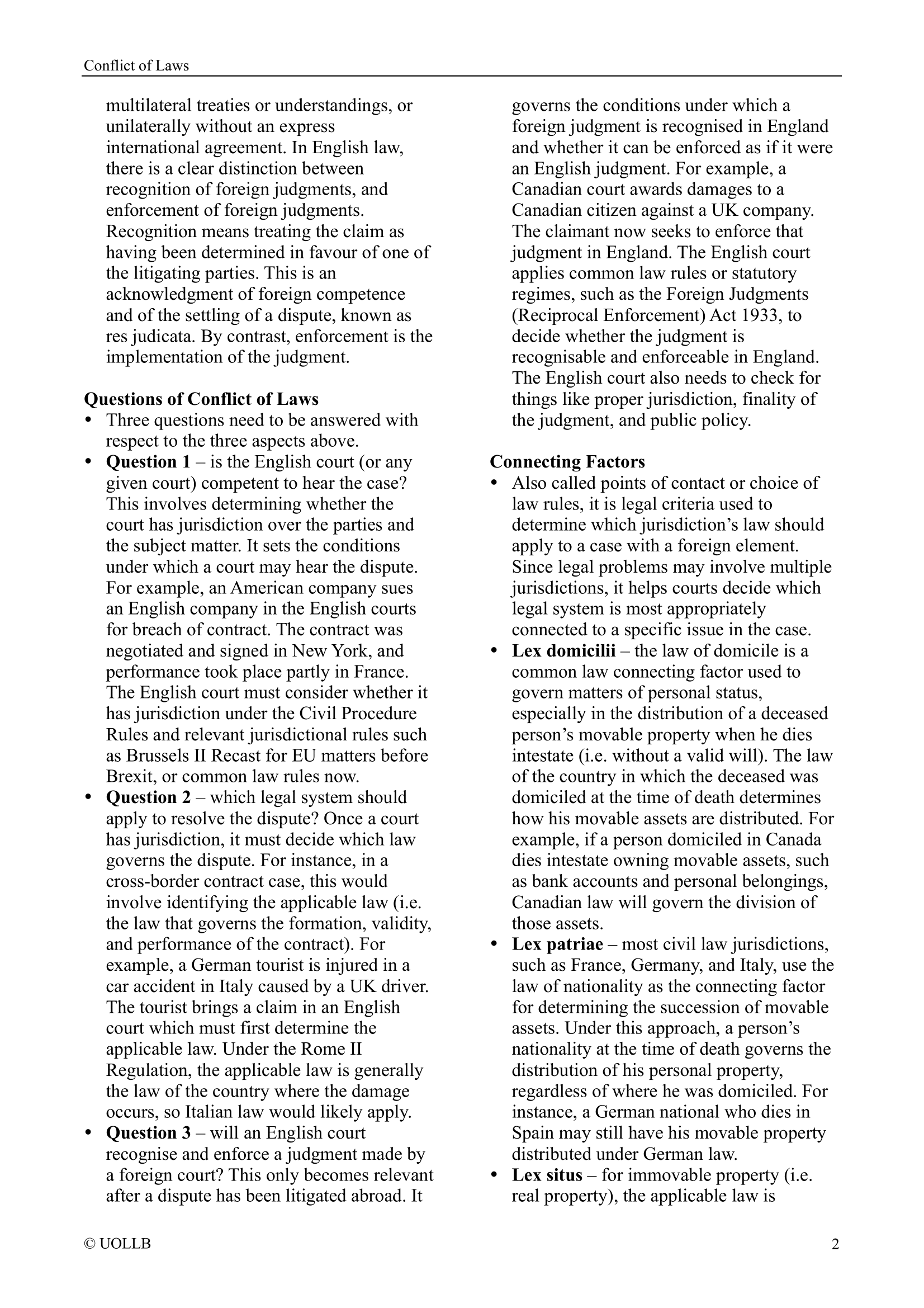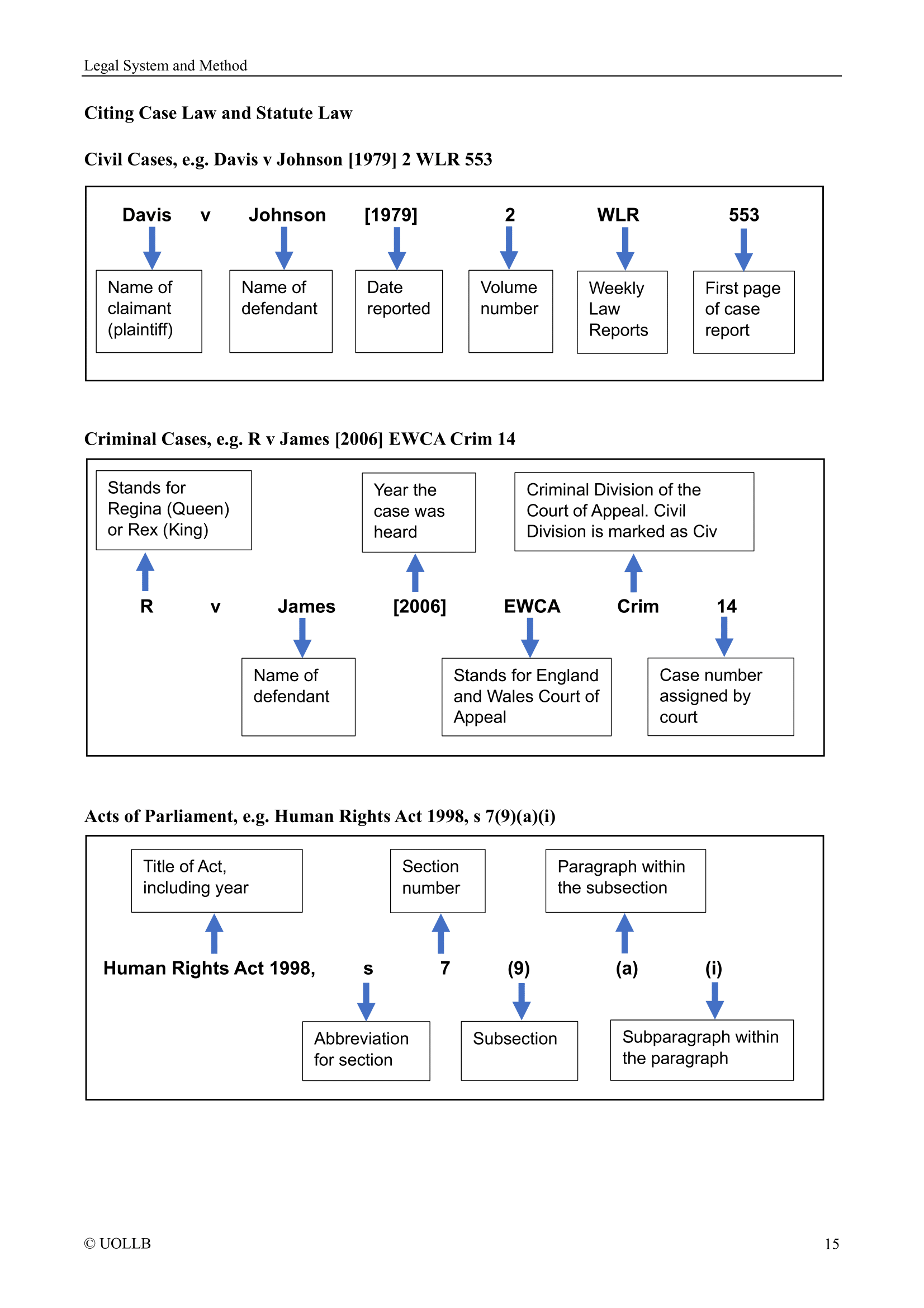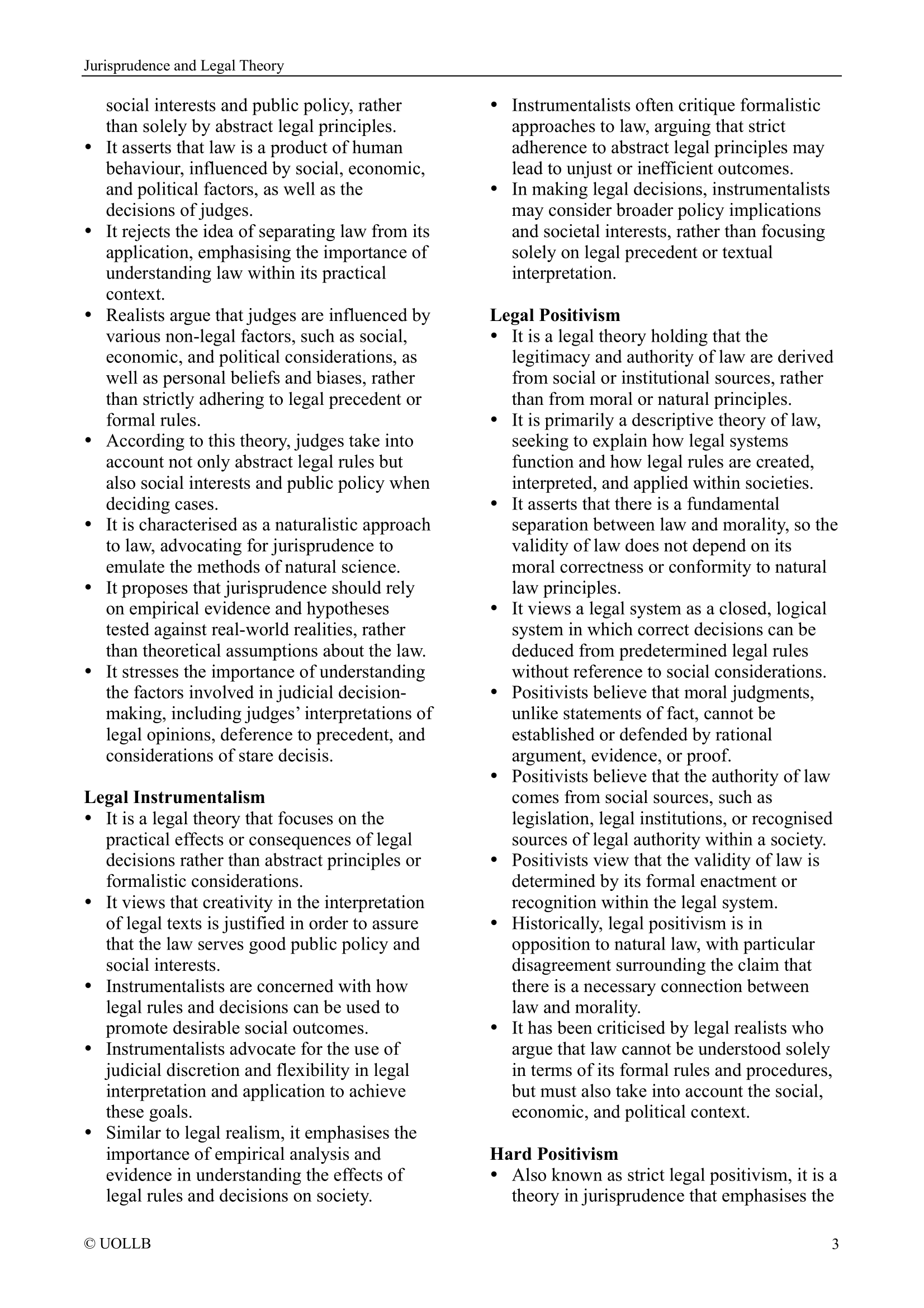Ratio Decidendi vs Obiter Dicta
Share
In the common law system, judicial decisions are not only important for resolving disputes between parties but also for shaping the development of legal principles through precedent. Central to this process is understanding the distinction between ratio decidendi and obiter dicta, as these determine the extent to which a judgment is binding on future cases. While the ratio decidendi represents the core legal rule that must be followed by lower courts, obiter dicta provide additional observations that may influence but do not bind later decisions. However, the boundary between the two is not always clear-cut, and subsequent judicial interpretation often plays a crucial role in defining their significance.
Ratio decidendi literally means the reason for deciding. It refers to the principle of law or legal rule that is necessary to resolve the dispute between the parties and forms the binding element of a judicial decision. When a court decides a case, it applies legal reasoning to the facts before it, and the part of the reasoning essential to the decision is the ratio decidendi. Because the doctrine of stare decisis requires lower courts to follow the legal principles established by higher courts, it is the ratio that becomes binding precedent. For example, in Donoghue v Stevenson [1932] AC 562, the House of Lords held that a manufacturer owed a duty of care to the ultimate consumer. The essential rule that a duty of care exists where harm to one’s neighbour is reasonably foreseeable was the ratio, and it became the foundation of the modern law of negligence.
Obiter dicta (singular: obiter dictum), meaning “things said by the way”, are comments, observations, or hypothetical examples given by judges that are not strictly necessary for deciding the case. Dicta may include explanations of how the law might apply in different circumstances, discussions of policy, or alternative lines of reasoning. Because they are not essential to the actual decision, they are not binding as precedent. However, obiter dicta can be highly persuasive, particularly if they come from senior courts. In R v Howe [1987] AC 417, the House of Lords decided that duress is not a defence to murder (the ratio). In the course of their reasoning, the judges also commented that duress should not be a defence to attempted murder. Those remarks were obiter because the case itself did not involve attempted murder, yet in R v Gotts [1992] 2 AC 412, the House of Lords treated them as authoritative and applied them to the new situation. This shows that obiter dicta, while not binding, can shape the future development of the law.
In practice, distinguishing between ratio and dicta can be difficult. Judges often deliver lengthy judgments, and what one later court considers essential reasoning, another may regard as obiter. For example, in Central London Property Trust Ltd v High Trees House Ltd [1947] KB 130, Denning J’s remarks on promissory estoppel were arguably obiter, since the case could be decided on more limited grounds. Nevertheless, later courts elevated his reasoning into a principle of law. This demonstrates that the classification of statements as ratio or dicta often depends on interpretation by subsequent courts, not solely on the structure of the original judgment.
A good example is Combe v Combe [1951] 2 KB 215, where Denning LJ himself clarified that High Trees had established a principle: promissory estoppel prevents a party from insisting on strict legal rights where they have promised not to do so, and the other party has relied on that promise. Although he limited its scope by stating it cannot be used as a sword to create a cause of action but only as a shield, the case confirmed that the principle from High Trees was part of English law. Other later applications reinforced the principle, such as Tool Metal Manufacturing Co Ltd v Tungsten Electric Co Ltd [1955] 1 WLR 761, where the House of Lords relied on High Trees to hold that a promise to suspend rights under a contract could be enforceable. These cases demonstrate how what began as obiter in High Trees became absorbed into the body of binding precedent through adoption by higher courts.
In summary, the ratio decidendi is the binding legal principle derived from a case, while obiter dicta are non-essential judicial remarks that are persuasive but not binding. Yet the line between the two is not rigid. What begins as obiter may, through adoption by later courts, be transformed into binding principle. This fluidity highlights the dynamic and interpretative nature of the common law system, where precedent evolves not only through clear-cut rules but also through the influence of judicial reasoning beyond the strict ratio.
